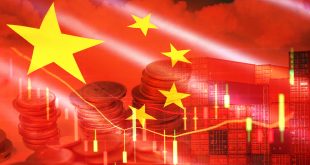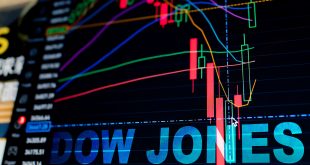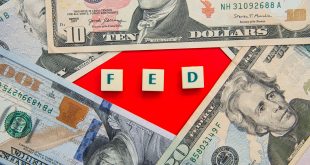The EUR/USD pair recovered from an intraday low of 1.0810, currently trading at around 1.0825 after flirting with the year low. The dollar benefited from hawkish Federal Reserve speakers and overall keeps advancing in a risk-averse environment. After Russian President Vladimir Putin claimed that talks with Ukraine are at a dead-end, tensions arose in the EU, as Germany rejected the EU ban on Russian oil for now. The cost of sanctioning Moscow is becoming too high for the Union, and investors wonder who will give up first.
US stocks keep trading in a dull fashion, reflecting the poor market’s mood. European indexes are mixed around their opening levels, while Wall Street is set to open little changed from Tuesday’s close. Also, government bond yields grind higher, although US ones remain below the peaks set this week.
Data wise, the EU calendar had nothing to offer. On the other hand, the US has just published the March Producer Price Index, which jumped to 11.2% YoY, much higher than the 10.6% expected. The core reading surged to 9.2% vs the 8.4% expected. The figures put pressure on equities and lifted the greenback, reviving caution about an aggressive US Fed.
The daily chart for the EUR/USD pair shows that it traded as high as 1.0847, where selling interest was willing to add shorts. Technical indicators head slowly but steadily lower, while the pair keeps developing below bearish moving averages.
The near-term picture is similar to the longer-term one, as the 4-hour chart shows that technical indicators maintain their bearish slopes within negative levels. The 20 SMA heads lower and currently stands at around 1.0860. A break through the 1.0800 level should lead to a test of the 1.0760 price zone, while failure to bounce from around the latter should anticipate additional declines in the upcoming sessions.

 Noor Trends News, Technical Analysis, Educational Tools and Recommendations
Noor Trends News, Technical Analysis, Educational Tools and Recommendations




